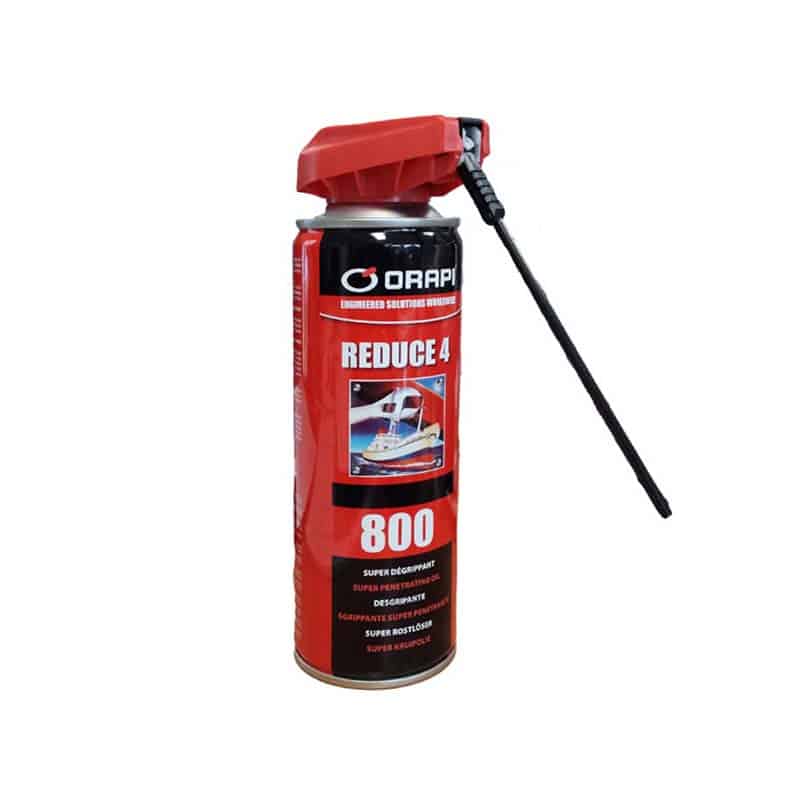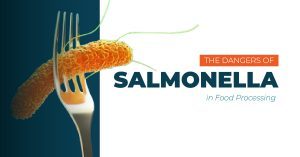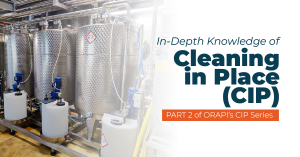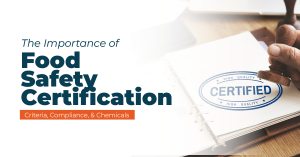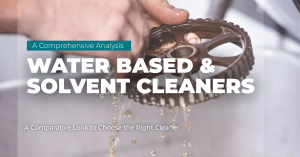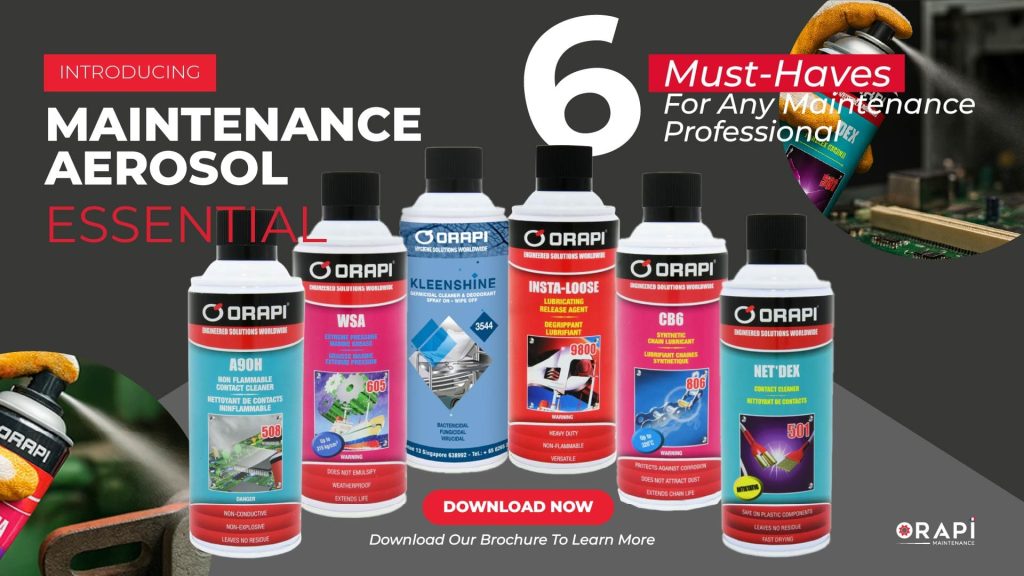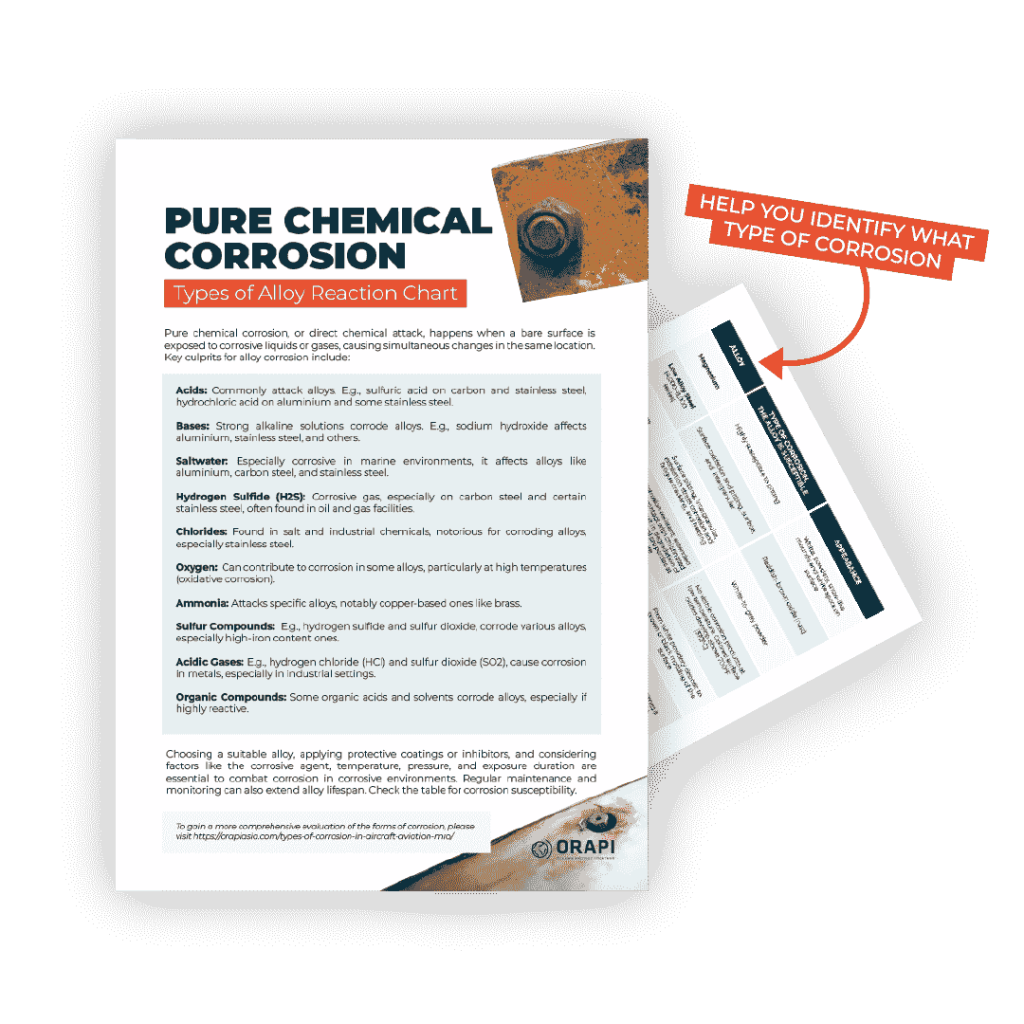
In manufacturing, release agents are a crucial yet often overlooked component. These substances are vital in facilitating the smooth extraction of finished products from moulds, minimising damage and maximising productivity. As industries strive for higher quality and increased efficiency, release agents offer a simple yet effective solution. This article explores the diverse applications, types, and benefits of release agents in industries. By understanding their importance and harnessing their power, manufacturers can unlock new levels of efficiency, quality, and profitability in their operations.
What Is a Release Agent?
A release agent (a release coating or mould release coating) is a chemical that prevents other materials from attaching to surfaces. It can help with mould release, die-cast release, plastic release, adhesive release, and tyre and web release. They act as a vital barrier between a moulding surface and the substrate, separating the cured portion from the mould. Without such a barrier, the substrate would become fused to the mould surface, resulting in laborious clean-up and a significant decrease in manufacturing efficiency. Even when a release agent is used, variables such as uneven application or incorrect selection can significantly impact the completed product’s quality and consistency.
Benefits of Using Release Agents
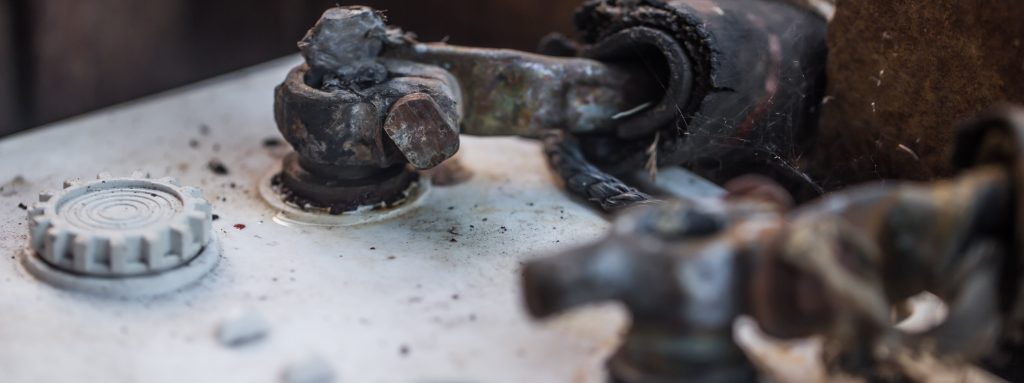
Quick Action
Quick action is crucial in many industrial processes to minimise downtime and increase productivity. A release agent that works rapidly ensures that moulds, surfaces, or components can be quickly and efficiently released, allowing for faster turnaround times.
Wets, Penetrates, Cleans, and Lubricates in a Single Step
The ability of a release agent to perform multiple functions simultaneously streamlines the process and saves time. The release agent simplifies the application and ensures comprehensive coverage and performance by wetting, penetrating, cleaning, and lubricating in a single step.
Enables Very Difficult De-seizing Without Damaging Threads
In certain applications, components or parts may become tightly stuck or seized together. A release agent that enables the easy and safe de-seizing such components, especially without causing damage to threads or delicate surfaces, is highly valuable. It prevents potential damage or costly repairs.
Provides a Water-Repellent and Phosphate Coating
A release agent that offers a water-repellent and phosphate coating provides additional protection to the surfaces it is applied to. The water-repellent properties help prevent moisture-related damage, such as rust or corrosion. The phosphate coating enhances the surface’s resistance to wear and improves its durability.
Contains No Silicone
The absence of silicone in a release agent is important in certain industries or applications where silicone can interfere with subsequent processes, such as painting, bonding, or adhesion. Silicone-free release agents ensure compatibility with downstream operations and prevent adverse effects on product quality or performance.
Creates a Corrosion-Inhibitive Film
Anti-rust, anti-corrosion, and reinforced anti-wear properties enhance the longevity and reliability of the treated surfaces or components. By protecting against rust and corrosion, the release agent helps maintain the integrity of the material, preventing degradation or failure. The reinforced anti-wear properties minimise wear and tear, extending the lifespan of the components and reducing maintenance requirements.
Types of Release Agents
Cosolvent-based
Cosolvent-based release agents combine the advantages of solvent-based systems with the safety aspects of water-based release agents. These agents were developed to address health and safety concerns associated with solvent-based products and reduce volatile organic compound (VOC) levels.
Semi-permanent
The degree of permanence is a crucial characteristic of a release agent, referring to how long it lasts before needing reapplication. A semi-permanent release agent does not require reapplication after each cycle of a moulding operation. In fact, it performs better when applied in moderation to the mould surface.
Sacrificial
Sacrificial coatings require application before each moulding cycle, making them more labour-intensive. Most moulders prefer semi-permanent coatings over sacrificial ones, especially when moulding rubber and plastic parts. Sacrificial coatings contain fewer solid elements and do not last as long as semi-permanent coatings.
Water-based
Water-based release agents, also known as water-based die lubricants (WBD), have been used for nearly 40 years and are commonly employed in designing all die-casting machines. Although water-based coatings dry slower than solvent-based ones, they present fewer health and safety risks. Additionally, their non-flammable nature reduces shipping costs and aligns with plant-safety objectives.
Solvent-based
Solvent-based release agents dry quickly but pose significant health and safety hazards. Fumes from solvent-based agents can be harmful if the work environment lacks proper ventilation. Most solvents used in these release agents are also flammable.
Applications of Release Agents

Asphalt
Asphalt release agents are chemical solutions designed as alternatives to diesel and solvents commonly used for cleaning equipment involved in producing and placing hot mix asphaltic concrete (HMAC) on government and commercial properties. These agents prevent the stripping of asphalt (binding agent) from aggregates, which can lead to pavement failures like potholes and ravelling.
Concrete
Food Processing
Release agents are employed in food processing to aid in the separation of food from cooking containers. Lard or flour was traditionally used, but industrial food processing involves additional chemicals. This application is commonly known as bakery release.
Metal Casting
Mould release agents find application in die casting or metal forging processes involving metals such as aluminium, aluminium alloys, zinc, zinc alloys, magnesium, etc.
Paper
Release agents are utilised in industrial papermaking to create a slip effect, facilitating the smooth movement of paper through processing equipment. They can be applied to process rolls (e.g., Yankee dryer) or incorporated into paper coatings. Some types of paper incorporate low surface energy release coatings for various purposes, including liners for pressure-sensitive adhesive laminates and tapes, papers for casting, general industrial release, and food release and packing.
Pharmaceuticals
Certain plastic sheets are coated with release agents to prevent adhesives from adhering to the plastic surface. These agents, also called de-moulding agents, form oils, parting agents, or form releasers, are used in moulding and casting processes to facilitate the separation of the moulded material from the mould and reduce flaws on the moulded surface.
Release Agent Versus Release Grade

ORAPI RECOMMENDS:
- REDUCE 4 is quick action, super-penetrating de-seizer and rust reducer that provides a phosphate coating.
- REDUCE 4 is particularly suited for loosening assemblies that are very seized: bolts, nuts, screws, threads, waterworks rods, pulleys and mountings requiring the usage of an effective de-seizer.
- REDUCE 4 then produces a phosphate coating on parts and lubricates well over several months.
- REDUCE 4 provides perfect resistance to water and adequate and long-lasting protection regardless of environmental humidity levels surrounding treated parts.
Conclusion: Release Agents and Its Types
In conclusion, release agents are essential chemicals that prevent materials from sticking to surfaces and enable easy separation. They offer quick action, multitasking capabilities, and protection against corrosion. Different types of release agents, including cosolvent-based, semi-permanent, sacrificial, water-based, and solvent-based, cater to various needs. They find applications in industries such as asphalt production, concrete construction, food processing, metal casting, papermaking, pharmaceuticals, and plastics manufacturing. ORAPI’s recommended high-performance release agent is REDUCE 4 — 0800.

